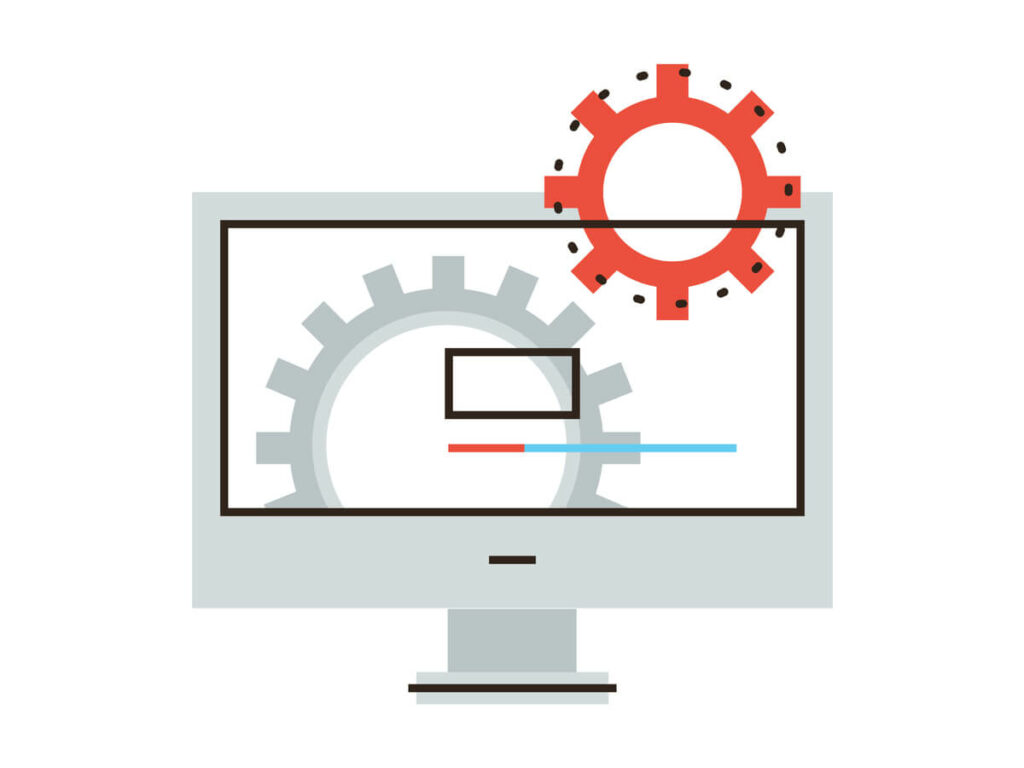How to Manage Windows Updates Without Interrupting Workflows
Did you know that over 400 million devices use Windows 10 and about 80% of Fortune 500 companies are on Microsoft Cloud? Microsoft Windows is one of the most popular operating systems across the globe – and for good reason! Not only is Window’s operating system easy to use and their devices reasonably priced, they also make sure their operating system is secure by regularly releasing updates.
If your business is using Windows, these updates aren’t new to you. But how many times have you or your IT team actually installed them? It’s common for some companies to delay installing updates. Some don’t even install them until problems arise. If you’re guilty of doing this, now’s the time to think about the danger you’re putting your company into.
Why are Windows Updates Important?
No matter how great of an operating system, Windows is not perfect. Over time, incompatibilities may arise, functions may be outdated, and bugs, errors, or loop holes may be discovered. The most efficient way to solve these issues is to update the operating system. Different updates have different purposes. In general, most updates try to do at least one of the following:
Resolve Bugs and Other Issues
An update may contain fixes for several issues. Imagine not installing an update. You could be missing out on important fixes that your business computers should have.
Enjoy New Features
Microsoft release updates to include new features. Oftentimes, these added features are based on trends, the latest technology, and the current needs of its users. That OS you bought a couple of years ago may be enough for your needs then, but is it still enough for your business needs now? Installing updates also ensure that your system will continue to be supported by Microsoft as they often stop supporting outdated software.
Protect Your Computer from Malware
The most important reason you should be installing Windows updates is security. There are hundreds, if not thousands, of malware today waiting for a chance to get into your network. Updates give you the peace of mind that your system has enough security layers to protect itself against malware.
How Should You Manage Your Updates?
Many companies hesitate to install Windows updates because they think there’s a lot of additional work or that it may be overly complicated. Some worry that an update can stall a productivity if it’s not properly installed. So, how can you install updates without interrupting productivity? It’s easy. Here are four steps you may follow:
Determine the best time your business can afford to have some computers unavailable
The first step to installing updates is finding out your office’s downtime. If you’re running a regular 9 to 5 business, then after hours would be a great time to deploy updates. For offices that run 24/7, it’s best to assess production times so you don’t schedule updates during the busiest times.
Deploy updates on a specified time
Once you’ve done step one, the next thing to do is to schedule it at a specific time. Creating a software update schedule will also help so you develop a timeframe that you can use to inform the employees who may be affected by the deployment. Before installing updates, make sure to tell all employees to back up all files. If something happens during the process, you won’t have to worry about lost or unrecoverable data.
Create a group policy
For maximum control over updates, consider creating a group policy. Having a policy in place ensures that all computers will have the necessary updates. This policy may include informing everyone to immediately install non-critical updates that don’t require systems to restart. This way, you or your IT team will only have to worry about scheduling critical updates.
Develop a script to automate the update
Automating your Windows updates through scripts lets you put updates at the back of your mind. With a script, you can schedule the installation during the wee hours so it doesn’t affect your workflow.
If you’re still not confident that you can deploy the updates on your own, consider hiring professionals.
Our team perform Windows Updates as a managed service. We deploy critical updates immediately, ensuring that you won’t miss any important system changes. For other updates, we make sure that the fixes are stable before installing them in your system. Doing this helps minimize complaints about accidental updates causing problems in the system.
To learn more about Windows updates and how we can help you with them, just fill out our contact form and we’ll be in touch.
